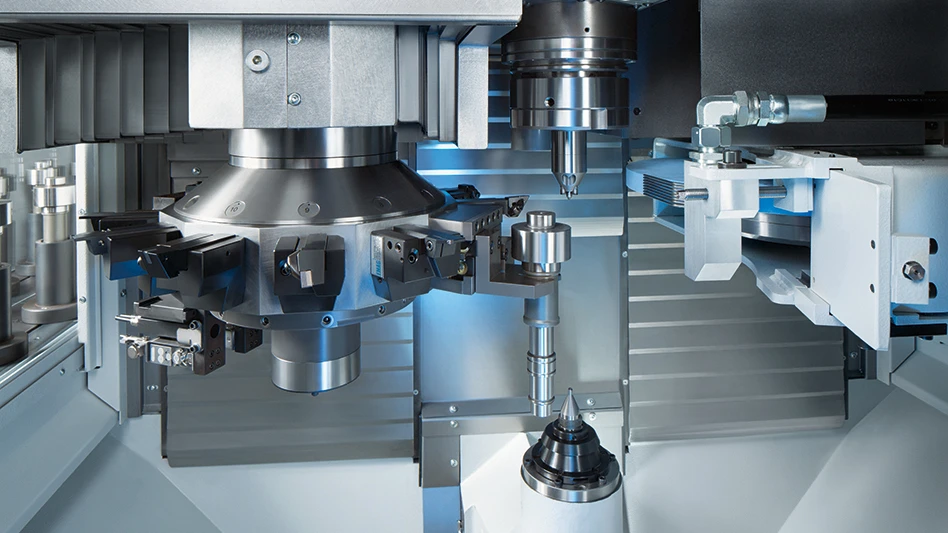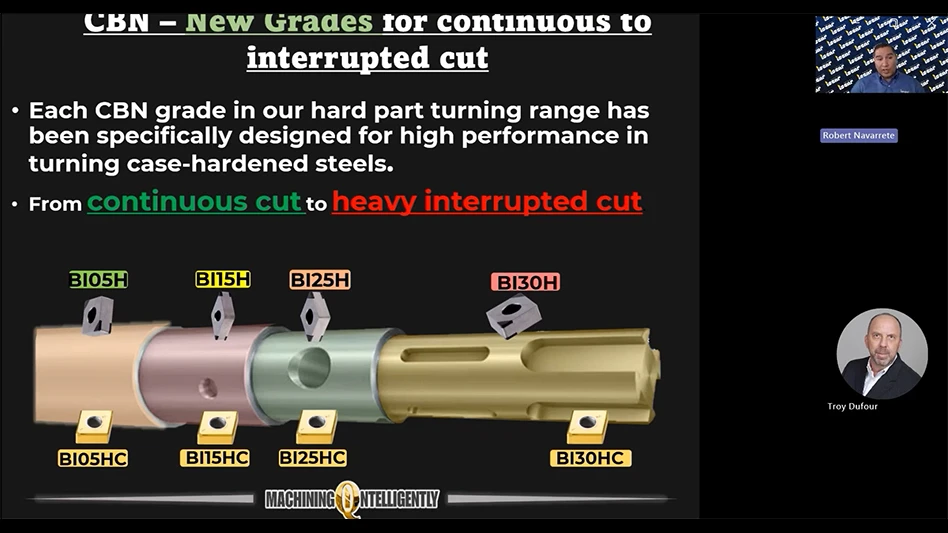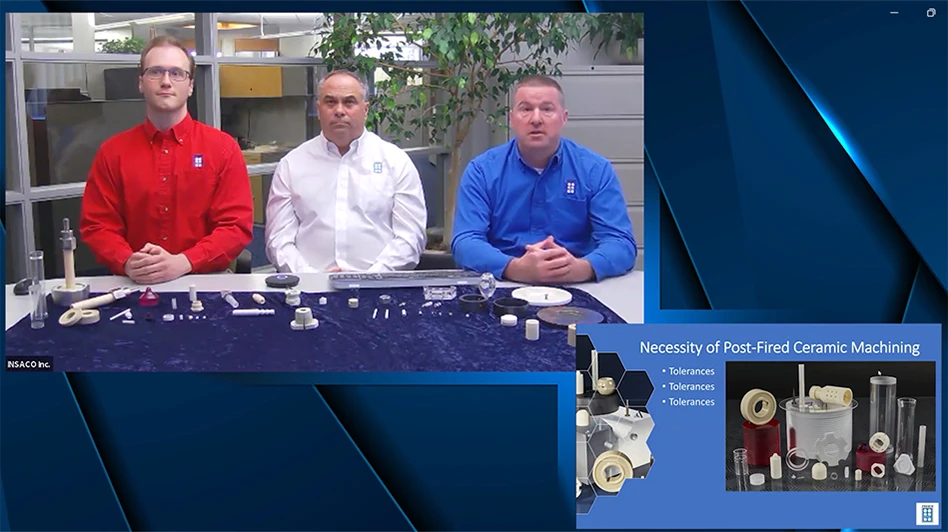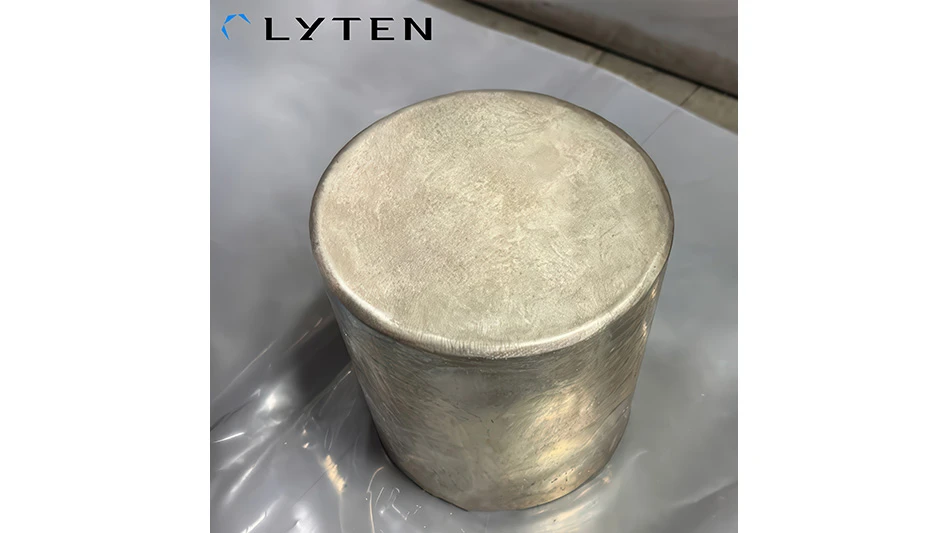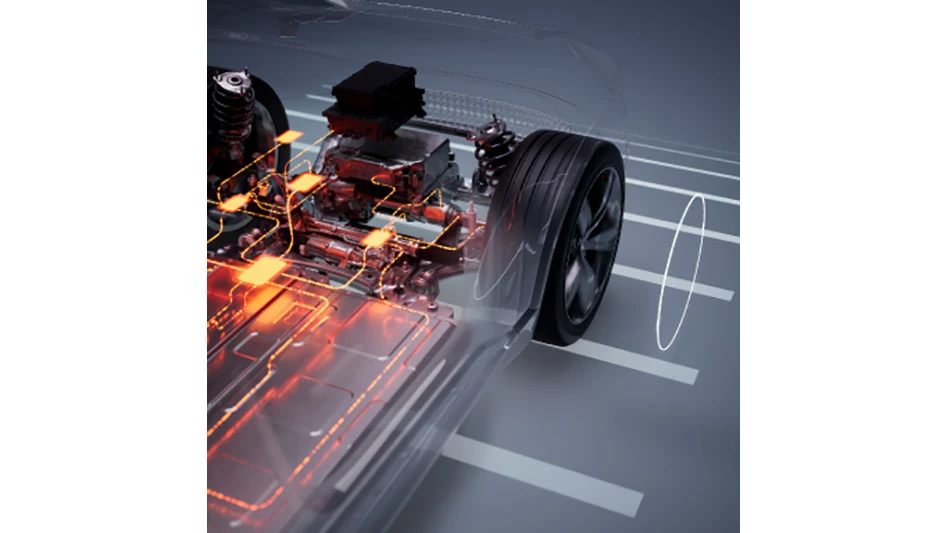
Following a perfect 2015 season – overall victory at the 24 Hours in Le Mans, winning the Manufacturers’ World Championship title at the penultimate round in Shanghai, and being crowned the drivers’ World Champions – Porsche Motorsport has high hopes for 2016. The performance automaker’s racing success is the result of long-standing experience and the consistent and continuous development of the Porsche 919 Hybrid.
While many suppliers work with the racing team, providing key components and technologies, machine technology company DMG MORI provides something different – long-lasting improvements to Porsche’s internal product capabilities. In order to produce components for the racing cars flexibly and quickly, Porsche Motorsport has made ultra-modern component production a core competence.
DMG MORI supports that core competence with equipment and processes. A DMU 65 monoBLOCK and CTX beta 800 that Porsche uses in its Weissach, Germany, motorsport center has DMG MORI’s process chain – programming with Siemens NX CAD/CAM followed by a one-to-one simulation of the NC program in the DMG MORI Virtual Machine.
“Short response times and flexibility are deciding factors for success in the field of motor sports,” says Frank Jahn, component production head for the Porsche team. In parallel to the numerous supply arrangements with first-class suppliers, in-house production has also been set up. “We had to invest here with regard to technology as well as personnel.”
As the exclusive premium technology partner of the Porsche team, DMG MORI engineers provide know-how in the field of CNC technology. As the machining centers and lathes support automotive engineering, the aerospace industry, and motor sports, company experts are familiar with the high expectations, regularly producing highly complex components as quickly as possible with top quality.
Software benefits
“The combination of the versatile CTX beta 800 – it is equipped amongst others with a Y-axis and an oil mist circuit breaker – and the 5-axis DMU 65 monoBLOCK allows us complete freedom with regard to production,” a Porsche Motorsport team member says. “The work areas are sufficiently big for the respective components, and the performance of both machines impresses in the area of speed as well as on quality level.”
Jahn says software and process advances have been as important to the racing team as the equipment.

“The Siemens NX CAM provides the required programming strategy for even the most complex machining operation. And we check feasibility and ensure 100% collision safety with the virtual machine,” Jahn says. He sees an analogy to the 24 hour race of Le Mans, where Porsche took the top two spots on the podium. “We often need to deliver top results in the form of high-quality components within 24 hours as well, which is why complex components must be machined error-free at the first attempt.”
Dittmar Lienert joined the team when component production was established and is responsible for programming and machining of the components. He says the Virtual Machine software “holds the same importance for us as the racing simulator for the drivers. It enables the 1:1 simulation of real machining on the PC – including machine kinematics and real control. We got to where we wanted a lot faster.”
Racing components
Porsche’s internal racing parts team makes some of the most demanding components required for the teams’ vehicles – undercarriage parts, crankshaft housings, and operational equipment – which play a big part in successful racing. Modifications of the numerous components always occur at short notice between the individual races.
“Programming in NX CAM and simultaneous simulation of the programs in the Virtual Machine saves a tremendous amount of time, as errors in my programming work or even possible collisions are displayed instantly,” Lienert says.
With simulation, time-consuming running of the programs on the machine is no longer necessary.
Jahn adds that because of the scope of complex component production, DMG MORI’s CELOS user interface on the machines is a crucial support tool.
“Based on photos, we record components as well as clamping devices in CELOS and manage cut edges and tools,” Jahn says. “With the DMG MORI process chain and CELOS, we program, simulate, and produce any complex parts for our racing cars – incredibly fast and error-free. This way we contribute to the head start in Le Mans that our teams bring to the racing track.”
DMG MORI US
Porsche AG
Latest from EV Design & Manufacturing
- Stellantis, Factorial hit major milestone in solid-state electric vehicle battery development
- Automated metering and mixing system optimizes resin dispensing
- INFICON urges EV battery manufacturers toward more comprehensive testing
- Assortment kit offers a variety of drive tool sizes
- Mastering high-temp alloys with Kennametal Inc.
- Hyundai unveils latest hybrid powertrain system
- Daanaa Resolution introduces Power Transaction Unit for power conversion
- 3 Questions with an Expert with Allied Machine & Engineering

